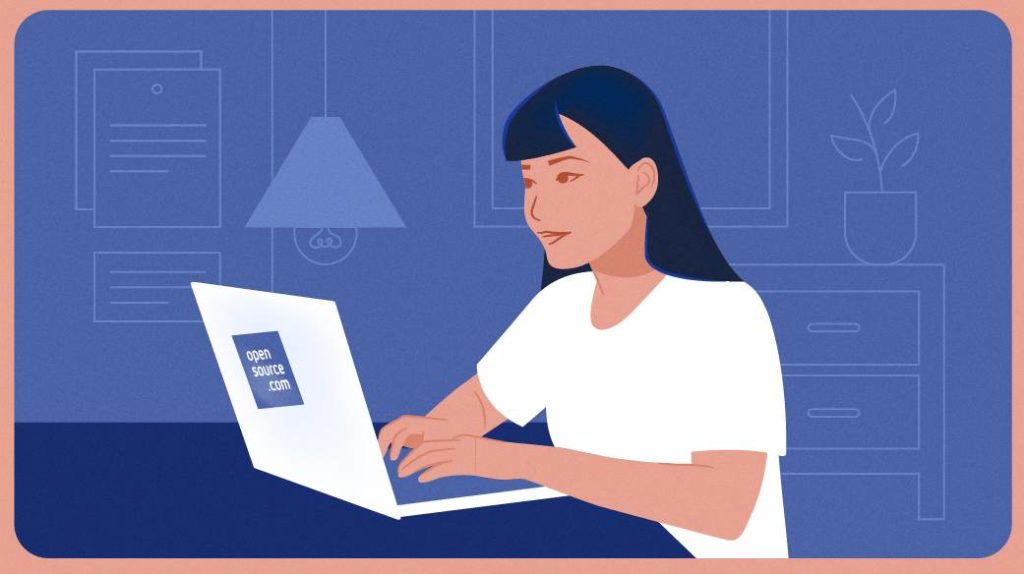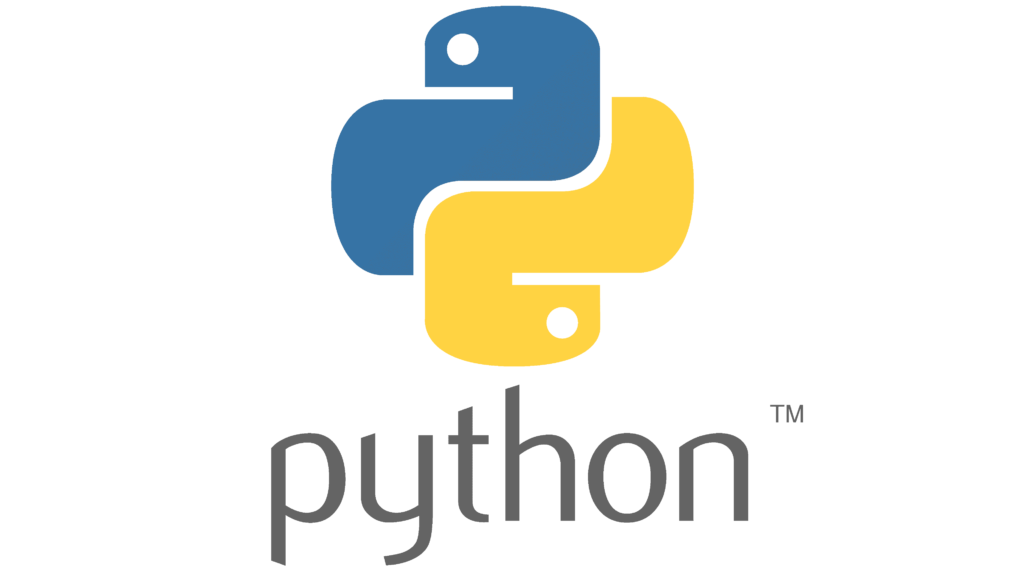Python is an incredibly powerful, versatile, and productive programming language. It is widely used by developers around the world for a variety of applications due to its ease of use and open source nature. For those just starting out in the world of programming, it can be a great first language to learn. In this post, we’ll explore the pros and cons of Python as a first language and help you decide if it is the right choice for you. Additionally, we’ll highlight the benefits of Python, including its free availability, simple syntax, and how quickly one can become productive with it.
Pros:
Easy to read and write

Python is an ideal language for beginners, as it is easy to read and write. Python’s syntax is flexible and easy to learn, making it a great choice for those who are just starting out in programming. Even experienced developers can find the language intuitive, allowing them to quickly pick up on the specifics of the language. Python has a straightforward structure that makes it easy to read and understand, even for those without any previous programming experience. With its syntax focusing more on readability than on writing compact code, Python is also relatively simple to learn and understand. Its consistent use of indentation to indicate blocks of code is another feature that makes it easy to read and comprehend.
Beginner friendly

Learning Python is often touted as being flexible and easy to learn and read, but don’t let that fool you! Python can be a difficult language for beginners, so don’t think it’s going to be a breeze. If you’re looking for a language that is flexible, easy to learn, and read, then by all means, pick up Python! With just a few lines of code, you can be writing complex programs in no time. That being said, don’t expect to be a master programmer overnight. Like with any language, learning it takes time, patience, and practice. So if you’re looking to master programming in the short-term, go ahead and pick up a book on Python!
Versatile

Python is a highly versatile programming language, making it an easy language to learn and read. It can be used for web development, data science, scripting, and much more. Its versatility makes it one of the most popular languages among developers, beginners and experts alike. With Python, you can easily develop applications in various domains such as machine learning, artificial intelligence, and robotics. Moreover, it’s easy to learn and read which makes it a great choice for developers starting out in programming.
Cons:
Steep learning curve

One of the downsides of Python as a first language is that it can be difficult for beginners to learn. Despite being considered ‘easy to read’ and ‘easy to learn’, Python is still not a walk in the park. It has a steep learning curve compared to other programming languages, and requires more time and dedication from learners than some more basic options. If you’re just starting out, you may find yourself feeling a bit overwhelmed. However, with practice, it will get easier. In fact, some people joke that the only way to become good at Python is to “eat, sleep, and breathe Python” – so don’t get too discouraged if you feel like you’re getting nowhere!
Difficult to debug

Debugging is a necessary part of programming, but can be particularly challenging when using Python. Despite its easy-to-learn and easy-to-read syntax, debugging Python code can be difficult, as the language isn’t as straightforward as other languages. When you make an error in your code, it’s up to you to take the time to diagnose and fix it. This can be a daunting process and may require some patience. It’s important to have a good sense of humor when debugging, and to stay motivated so that you don’t become discouraged. With dedication and practice, however, you can become a master at debugging Python code!
High memory consumption

One of the downsides to Python is its high memory consumption. It can be easy to learn and read, but it takes up more memory than other languages, making it an inefficient choice for programs that need to run quickly or on devices with limited memory. Memory usage issues are generally easier to spot in Python than they are in other languages, but they can still cause performance issues if not managed properly. This becomes an obstacle for beginners who are just starting out in coding. But it is easier to find help if you need it, since most code written in Python is easily readable by other programmers. Plus, many helpful tutorials are available online!
So When is your journey starting from?

Are you ready to take the plunge and learn a new language? Python is often touted as an easy to learn and read language that is perfect for beginners. But there are many things to consider when starting your programming journey. Are you willing to invest a lot of time in learning? What kind of support do you need to be successful?
Let’s face it: learning any programming language can be daunting, so don’t feel discouraged if you think it will take some time and effort to get up and running. Sure, Python is beginner friendly, but don’t be fooled into thinking that you’ll be an expert after a few days of study. Programming is like any other skill — it takes time and practice to master it.
But don’t let that discourage you! Learning Python can open up a world of possibilities for you and can help you get started in the world of programming. It has versatile applications, from data analysis to machine learning, and the possibilities are endless. Just make sure you set realistic goals for yourself and take things one step at a time.
And remember, even the pros started as beginners! If you approach learning Python with an open mind and a willingness to take risks, you may be surprised at how quickly you’ll become comfortable with the language. So what are you waiting for? Start your journey today!
Also Read
How To Use Adobe Lightroom, Photoshop, etc for FREE on MAC
How To Use Final Cut Pro X for FREE Forever
How to use Parallels for FREE FOREVER on Macbook (M1+Intel)

